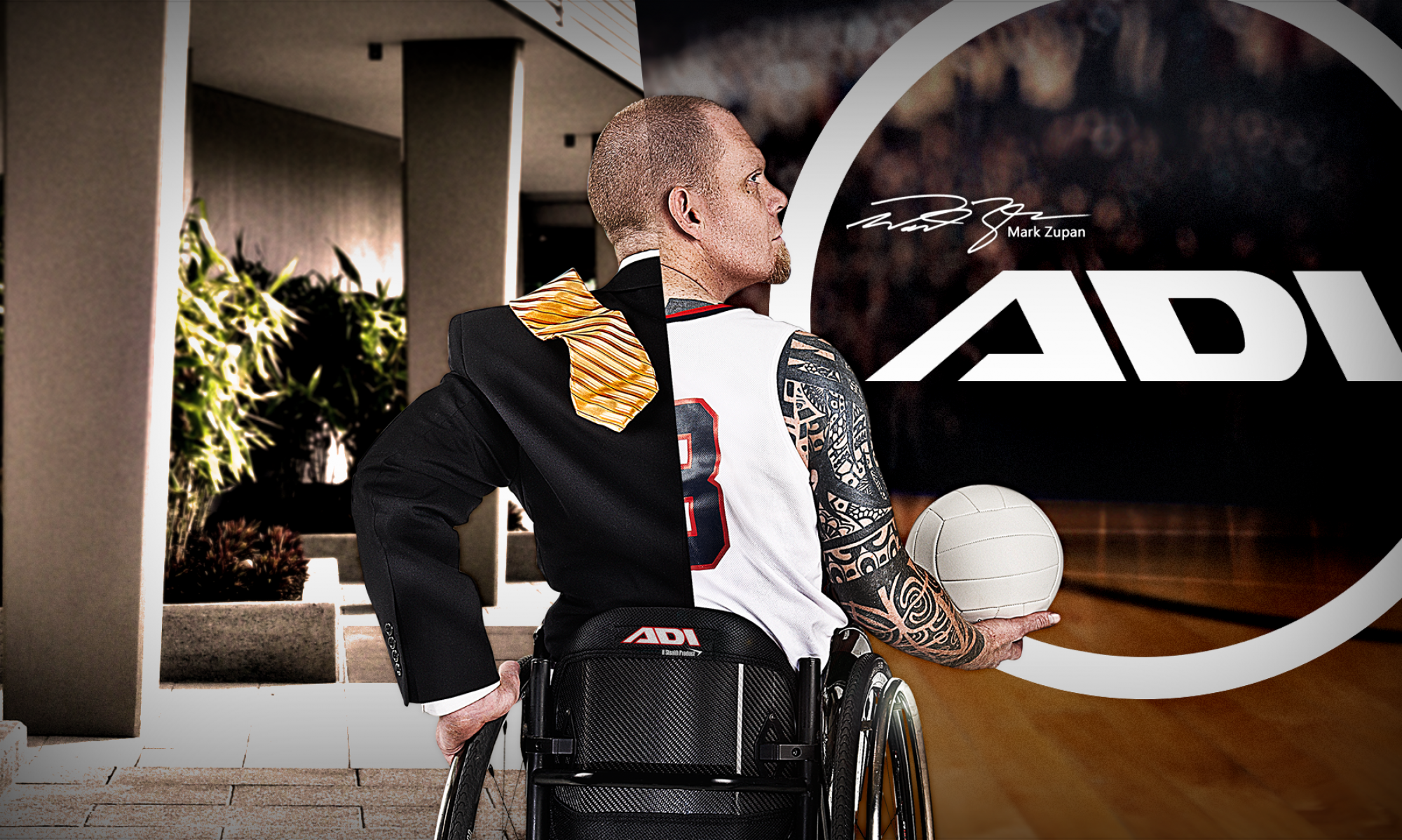-
asdfaas213 posted an update 3 years, 7 months ago
ALL YOU NEED TO KNOW ABOUT PRECISION INVESTMENT CASTING
Precision Investment Casting, also referred to as lost wax casting, is a process in which metals are casted into different shapes using wax and ceramics to act as the mould for the casting. This is one of the oldest known techniques for metal casting and has stood the test of time over centuries.
It finds usage in various industries like firearms industry, energy industry, gas and oil and even food industry. While many debate upon the strength and durability of this form of casting, doubting mainly that this method might provide weaker metal shapes as compared to forging or metal fabrication, these doubts have been laid to rest since aerospace, defence and medical fields have trusted equipment that are made from Precision Investment Casting.
WHAT IS THE PROCESS FOR PRECISION INVESTMENT CASTING?
As mentioned earlier, the process for Precision Investment Casting requires wax and ceramics to be the mould for the main metal. This is done in a very simple yet precise way (hence the name) and the steps are:
? Pattern Formation –Manufacturing of the wax pattern is the very first step involved in investment casting. Here it should be mentioned that wax is preferred over plastic, because wax melts easily and can be reused for another casting which is again a beneficial point from costing aspect. Special aluminium moulds are made to cast the pattern and this requires some trial and error, because factors like shrinking of the wax, the ceramic or even the metal should be incorporated.
The hard facts on marine hardware and components
While it may seem like a proportionally small detail for an overall marine fabrication project, finding the best hardware can significantly prolong the lifespan of an end product and tailor it to a specific customer’s needs. The technology for marine hardware is always changing, and it can be hard to keep up with the new products in the gap between trade shows. We caught up with a few of the nation’s most successful manufacturers and distributors to find out what’s hot this summer, and what fabricators can do to stay in the loop on the latest hardware products available.
The development cycle
Manufacturers insist that input from marine fabricators, regardless of the size of the shop they run, is key to developing new and more technologically advanced hardware. However, the process for developing a new item can take upwards of three years.
About Dealer Hub Members
If you are logged in, you can see other members and select their link to send them requests or just start up a professional conversation. (This site will be monitored and any content deemed offensive or threatening will be removed.)

